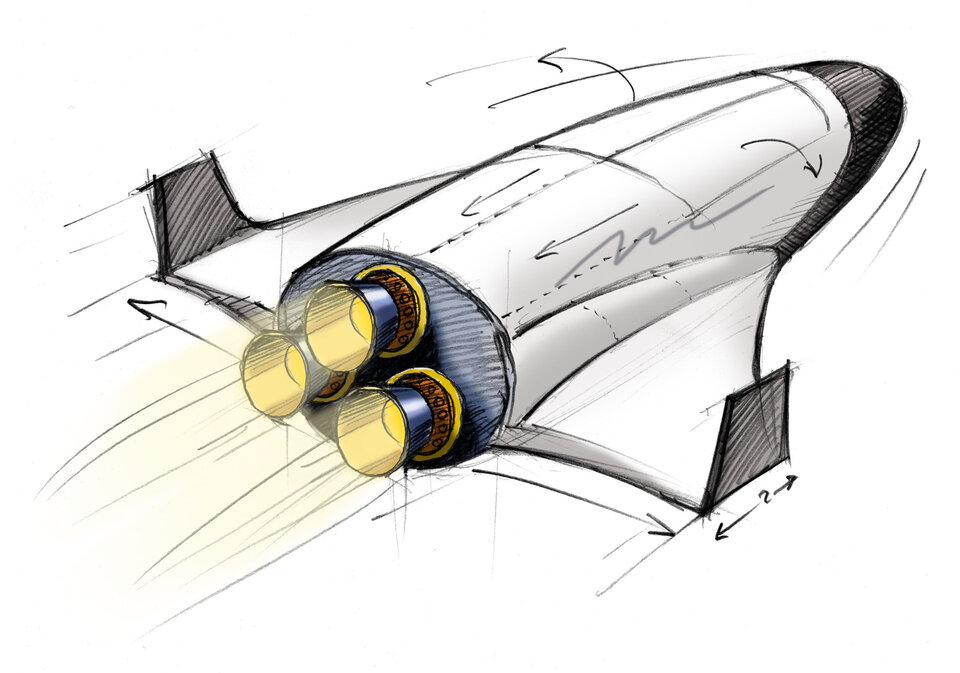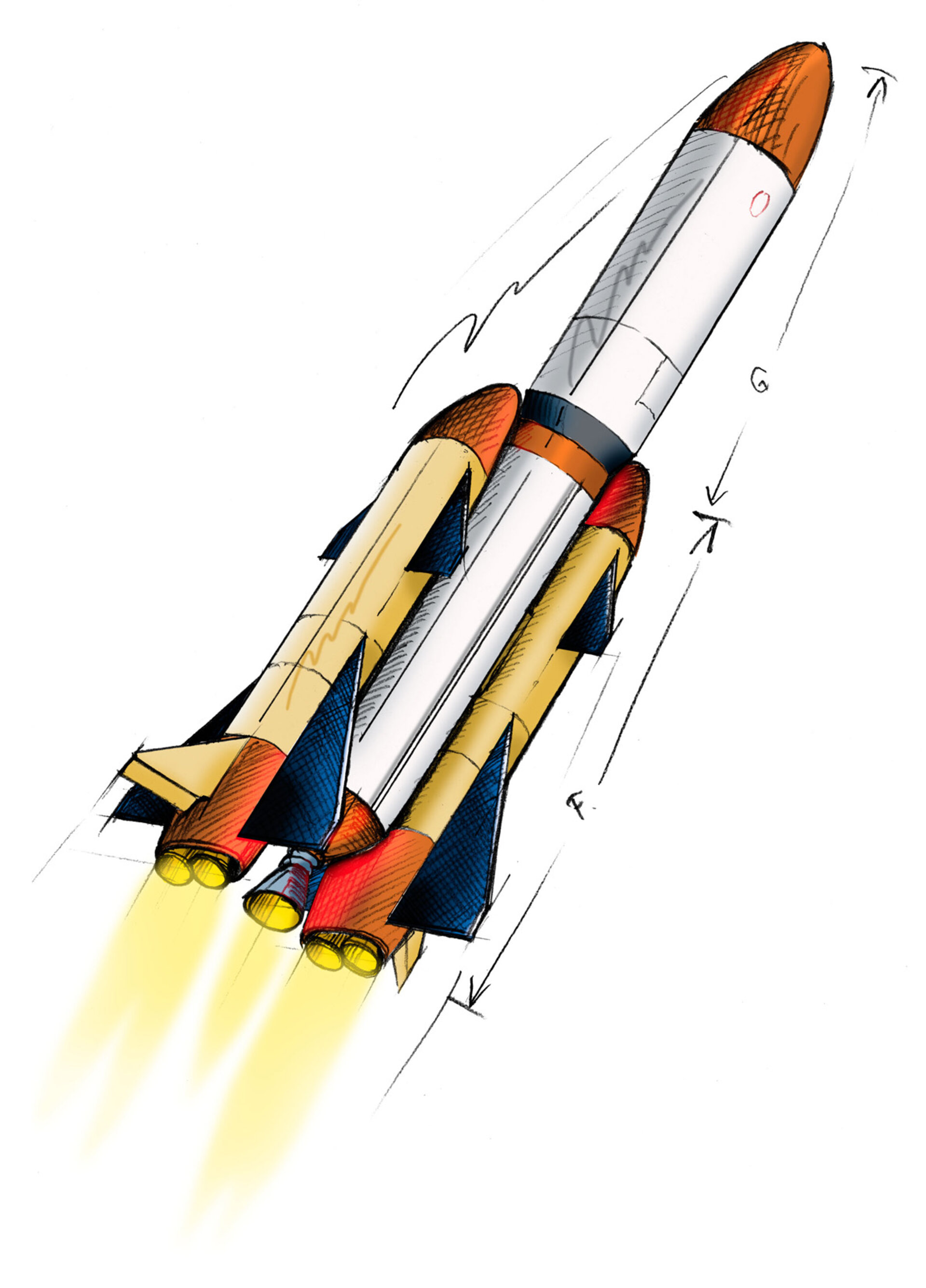Europe looks to the future
With the successful Ariane 5 ECA launch in February, Ariane 5 ES ATV scheduled to liftoff in 2006 and Vega, Europe’s first small launcher, set to make its maiden flight in 2007, the immediate future of European launchers seems bright; but what about the long-term?
Designing and building a new launcher takes time, on average around six to eight years; and before development of a new launcher can commence technologies need to be developed, validated and brought to maturity. This is why ESA’s Future Launcher Preparatory Programme (FLPP) is already hard at work to ensure that by 2020 Europe will have an affordable Next-Generation Launcher.
Expendable or reusable?
If Europe is to retain its access to space, and remain competitive in the space sector, a new generation launcher needs to be flexible, reliable and capable of sending satellites into space at a reduced cost. Which type of launcher can best meet these criteria: expendable or reusable? This is one of the major questions facing ESA.
Before a decision can be made, much preparatory work is needed. FLPP has already started commissioning studies on reusable launchers and will commence studies on new types of expendable launchers in 2007.
The first step is to carry out studies on:
- systems to define possible architecture for future space transportation
- in-flight experimentation
- rocket propulsion
- materials and structures
- aerothermodynamics
- vehicle-health management systems

European industry is already at work. In December 2004, the first contract to carry out system studies and consolidation studies to prepare two complementary types of experimental vehicles was awarded to a team set up by EADS and Finmeccanica. This currently acts as main contractor until the legal foundation of the designated prime contractor, named NGL Prime Co.
Based in Turin, the NGL Prime Co team includes specialists from France, Germany and Italy. A great share of the work will also be subcontracted to specialised industries in many European countries.
In the course of 2005, contracts will be awarded to cover all the technical fields involved in designing a next generation launcher. These include liquid and solid propulsion; materials, structures and aerothermodynamics; system concepts and experimental vehicle studies.
Technology activities will focus on preparing ground-based technological demonstrations for various structure and propulsion subsystems, as well as carrying out in-flight demonstrations with test beds and experimental vehicles.
The first flying experimental vehicle to be built, named IXV, will validate technologies relating to atmospheric re-entry. Re-use-X, the second experimental vehicle, will provide the first operational results linked to aspects of reusability.
Europe’s scientists, technicians and engineers are justifiably excited at the prospect of designing and building a revolutionary new launcher.
According to Juergen Ackermann, ESA FLPP Programme Manager, “there is a lot of hard work ahead, and no doubt there will be some set backs along the way, but we are all determined to come up with a new launcher that will ensure Europe’s future in space for many years to come”.


